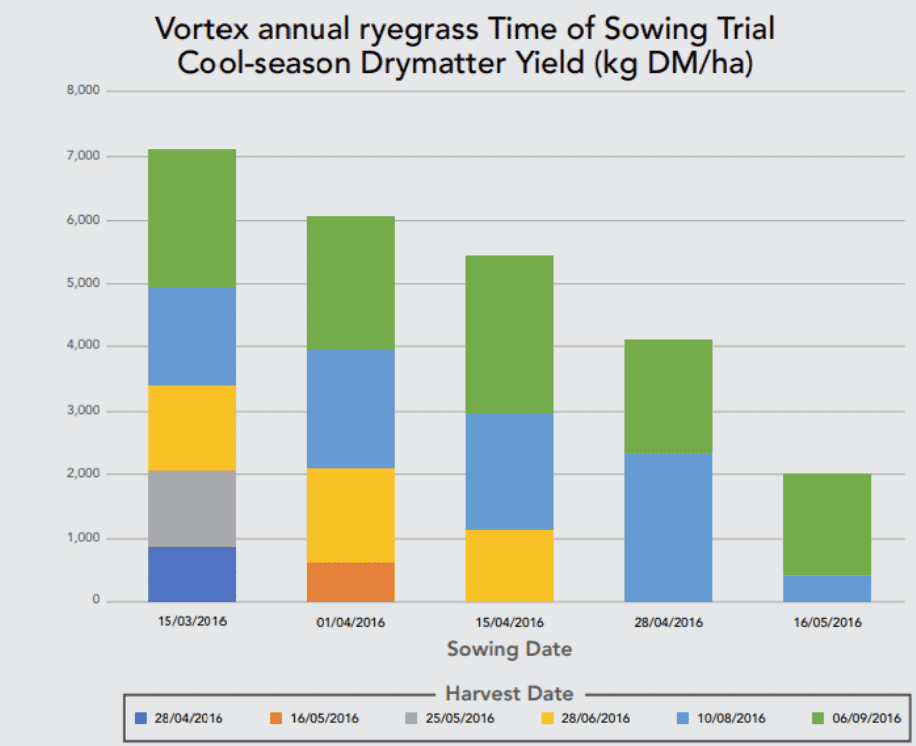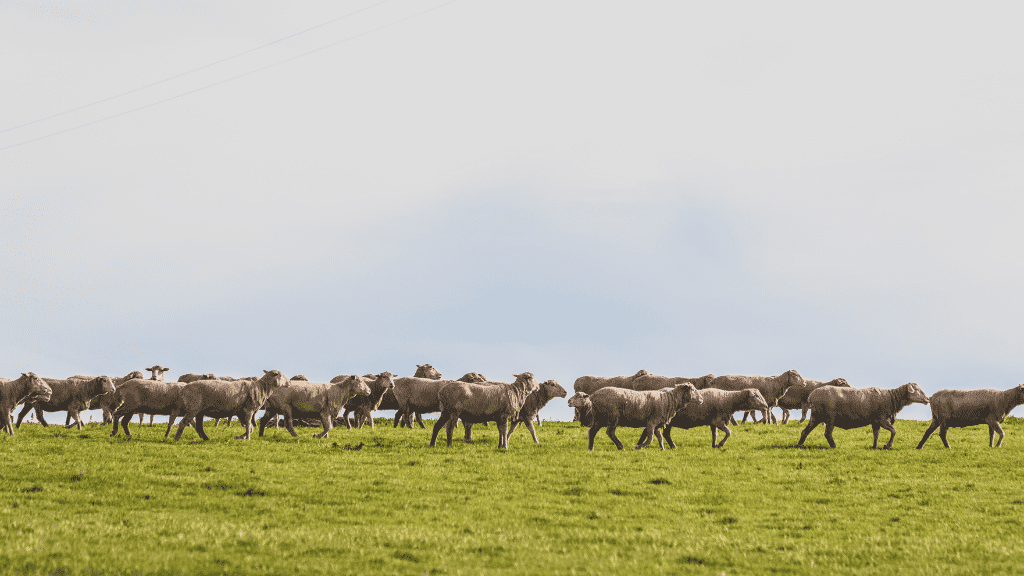Given the challenge of a late break to the season and the resulting poor condition of many livestock, the importance of ensuring sufficient winter and spring feed cannot be overstated. Early dry sowing, a widely used strategy to optimise the growing season, is particularly crucial in this context. It not only enhances potential yield in spring but also boosts overall productivity and alleviates pressure on established perennial pastures, allowing them much-needed recovery time.
Here are some crucial do’s and don’ts to consider when dry-sowing:
Do:
- Sow as early as possible.
- Select paddocks that are run down.
- Opt for sowing annuals into weedier sites.
- Choose hybrids for tidier paddocks.
- Sow at suitable rates (kg/ha) to compete with weeds and meet yield potential.
- Monitor and address issues like slugs and mites promptly.
- Consider reducing fertiliser rates at sowing.
Don’t:
- Sowing short-term options into dormant but good perennial pastures.
- Sowing high rates of fertiliser with the seed.
- Sowing until soils are below 25ºC.
- Waiting until the end of autumn, as yields and utility will be greatly reduced.
A notable trial conducted by Barenbrug provides a clear illustration of the impact of early establishment on feed production, see the table below. The trial found that for each two-week delay in sowing, there was a significant reduction of around 1 tonne of dry matter per hectare of feed. This underscores the importance of early sowing in maximising feed production, particularly in challenging conditions like we’ve seen this year.

Early establishment will help maximise cool season yield potential and offer valuable feed when it’s most needed. This will reduce the dependency on supplementary feeding (which has become increasingly expensive!) and will ease pressure on perennial pastures.
It’s crucial to be strategic in choosing paddocks and species. Sites that are suspected to have weed infestations should be targeted with fast-establishing varieties like annual and Italian ryegrasses and forage cereals, at higher sowing rates. In comparison, sites with lesser grass-weed burden may benefit from hybrid ryegrass options, offering extended production cycles and reducing the need for frequent re-sowing.
Rest assured, by sticking to these rough guidelines and leveraging the benefits of fast feed options and dry-sowing techniques, we can optimise feed production even in challenging conditions. This will not only improve feed production but give you confidence by providing some pasture options.
Information courtesy of Barenbrug 🙂
To check out their huge range of forage and pasture varieties, check out their website here.

